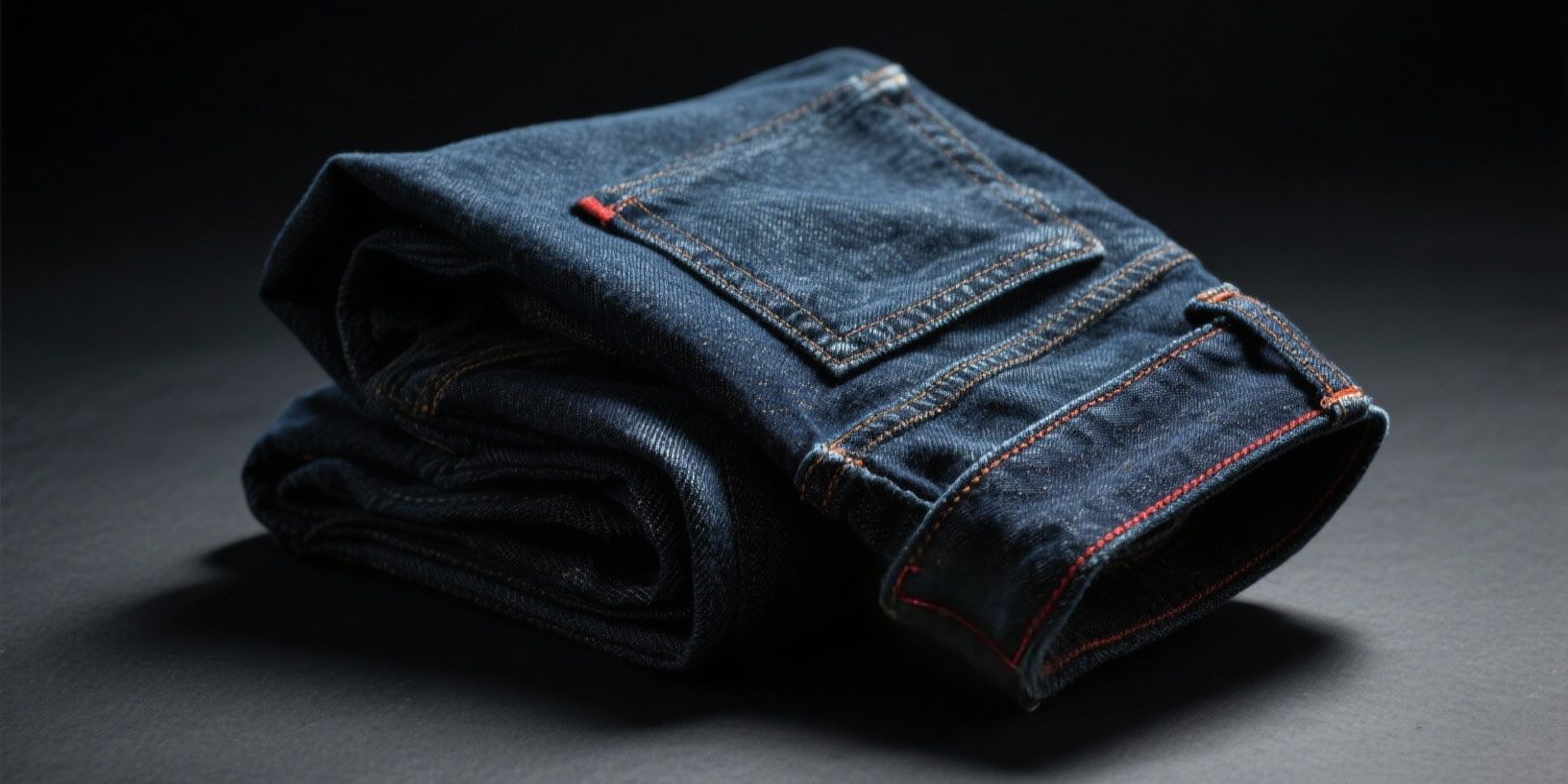The Forges of Kojima: An Introduction to Japanese Selvedge Denim

In the world of durable goods, certain locations become synonymous with excellence: Solingen with knives, Switzerland with timepieces. For denim, that place is Kojima, a small district in Okayama Prefecture, Japan. It is here, in the modern forges of this legendary town, that the world's most sought-after selvedge denim is woven. To understand quality denim, one must first understand Kojima.
The district's supremacy is rooted in a post-war obsession with perfecting classic American workwear. Japanese artisans did not simply imitate; they sought to elevate. They meticulously restored and mastered the vintage American shuttle looms required to weave selvedge denim—a fabric defined by its clean, tightly woven "self-edge." This slow, traditional process, abandoned by most of the world in favor of faster, cheaper methods, creates a denim that is denser, more durable, and imbued with a unique character.
What truly sets Japanese selvedge apart is its texture. Weavers in Kojima are masters of creating "slubby" denim, a fabric with a subtly uneven, almost three-dimensional surface. This is achieved by manipulating the tension on the loom, an art form that results in a denim that will fade with incredible, high-contrast character over years of wear.
To invest in a pair of jeans made from Japanese selvedge is to invest in this heritage. It is a recognition of the unparalleled skill and dedication of the artisans in Kojima. It is the kingdom's benchmark for denim that is not merely made, but masterfully crafted.